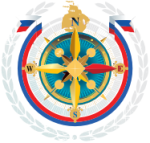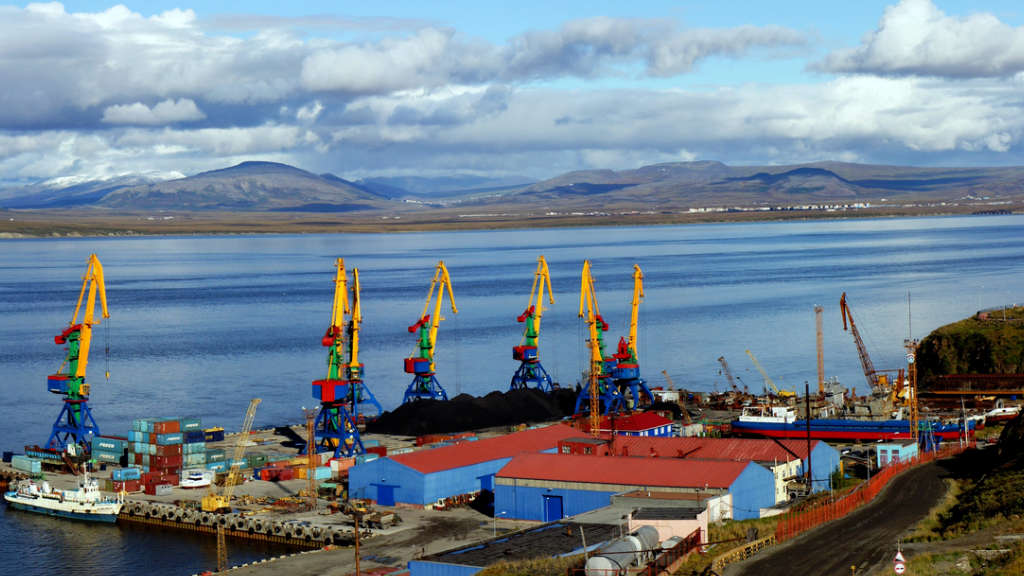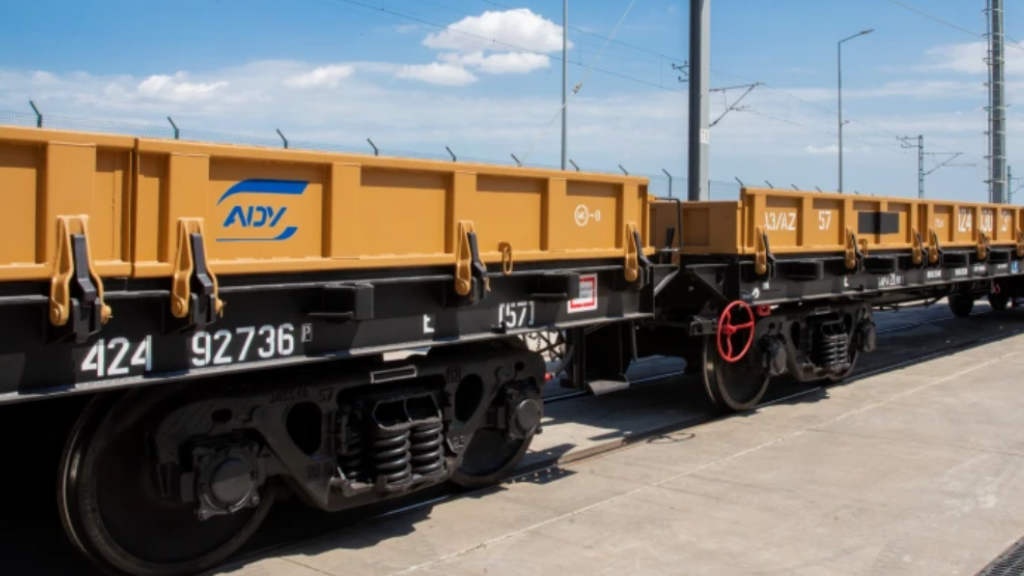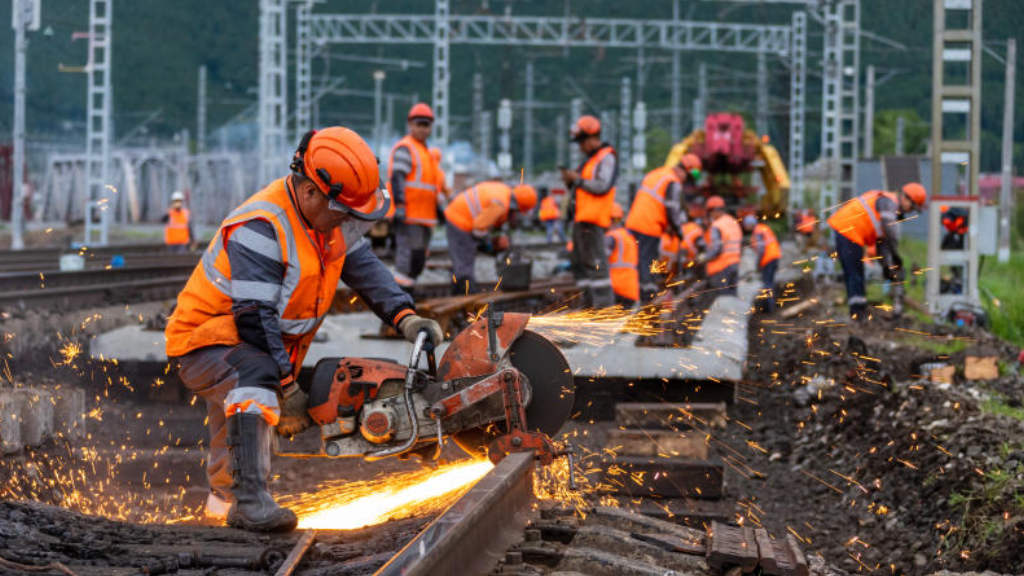Sergey Pavlushkin, a director of the Association of Shipowners of Western Siberia has stated that traffic volumes along the regions rivers has been growing steadily with annual increases of 20-25% since 2019. Between 2015 and 2024, local river transport volumes rose from 80,000 to 431,000 passengers and from 700,000 to nearly 1.6 million tonnes of cargo.
This includes transport along the River Ob, a major river in Russia and forms the world’s seventh-longest river system, at 5,410 kilometres. By comparison the River Thames is 346 km long, the Elbe 1,094 km and the Danube 2,857km. The Ob forms at the confluence of the Biya and Katun which have their origins in the Altai Mountains. It flows into the Ob Bay of the Kara Sea, part of the Arctic Ocean.
As a result of the increasing demand for transport facilities along Western Siberian rivers, Pavlushkin has confirmed plans to order two Emperium electric vessels from the State Transport Leasing Company (STLC) by 2030. Similar vessels are already in operation in Krasnoyarsk, Nizhny Novgorod, and Perm. The Association of Shipowners of Western Siberia have also suggested two key measures are put into place:
Ob River Piers
When approving residential or recreational development projects along the Ob River, authorities should include passenger pier infrastructure. This would allow residents of remote districts and nearby territories of the Novosibirsk region to reach the River Terminal more efficiently, enhancing connectivity to the city’s transport network and supporting urban comfort programs.
To reopen the PRK-2 pier at the Mikhaylovskaya Embankment in Novosibirsk to improve service quality and access for seniors and passengers with limited mobility, both for social and leisure river routes.

The total length of Russian inland waterways is 101,589.5 km, of which 50,682.8 km have guaranteed dimensions for ship passages, 54,388.7 km have navigational aids installed, and 39,953.4 km have round-the-clock ship traffic. At the same time, 78% of waterways are the only option for the delivery of cargo and passengers, ensuring “northern supply.” This is comparable to the length of Russia’s railway network—105,000 km, of which 54,054 km are electrified.
Nikolai Patrushev, who oversees national maritime policy, said that the Arctic ports of Murmansk, Arkhangelsk, Dikson, Tiksi, and Pevek are priority development sites ensuring the role of the Northern Sea Route (NSR) as one of Russia’s main transport arteries.
He said “In order for the Northern Sea Route to take on the role of one of Russia’s main transport arteries, it is necessary to modernize the infrastructure and ensure the development of the Northern Sea Route ports, primarily those such as Murmansk, Arkhangelsk, Dikson, Tiksi, and Pevek. We also need to make more active use of the potential of inland waterways — our largest rivers, such as the Lena, Ob, and Yenisei, as well as canals, in particular the Belomor-Baltic Canal.”
As a result of these developments, transport connectivity between Russia’s European north-west, Siberia, and the Far East will be significantly improved.
Further Reading
Russia, Kazakhstan and China To Discuss Irtysh River Freight Development





